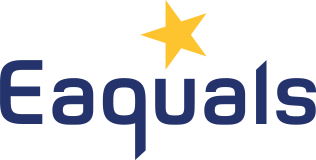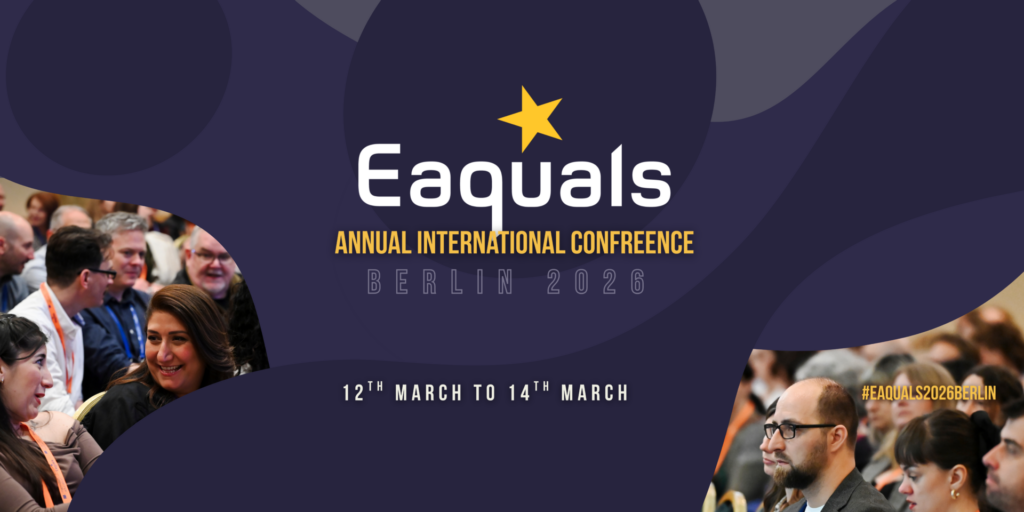Get to Know: Beata Schmid
“Find an employer who values and offers professional development and take advantage of every opportunity you can to get involved in CPD, for yourself and also training others once you have gained more expertise.”

Could you tell us something about your early career in the language teaching sector?
Having grown up bilingual, I have always loved learning languages. My language teaching career started when I was 17 and attending high school in northern Germany. Swedish was one of my native languages and I was asked to teach Swedish in that high school, for an independent study group of my peers. Even though I was completely untrained, my peers seemed to be learning something and I was hooked on teaching! I also tutored English and French while still in high school. Later, I studied Scandinavian Languages and Literatures, as well as English language and literature, but I didn’t teach again until I went to graduate school in the USA, where I majored in linguistics. There, I was also part of an exciting program launch for Swedish language and culture, which actually is still operating, many years later. I also taught German, and was finally trained in methodology and language teaching techniques. I taught a double course load through graduate school, teaching various languages, and also worked in the university’s intensive English program. With my Ph.D. in linguistics in hand, I first worked as a software linguist (yes, I worked on your original spell checkers in English, Swedish and German, now part of Microsoft Word!) and then found my way back to education at EF, where I have worked in many academic capacities, including teacher, academic director and teacher trainer.
Log in to continue reading Get to Know: Beata Schmid and find out why Beata chose to get involved with Eaquals and the advice she would give to those just starting their career in language teaching sector.
Get to Know: Beata Schmid
“Find an employer who values and offers professional development and take advantage of every opportunity you can to get involved in CPD, for yourself and also training others once you have gained more expertise.”

Could you tell us something about your early career in the language teaching sector?
Having grown up bilingual, I have always loved learning languages. My language teaching career started when I was 17 and attending high school in northern Germany. Swedish was one of my native languages and I was asked to teach Swedish in that high school, for an independent study group of my peers. Even though I was completely untrained, my peers seemed to be learning something and I was hooked on teaching! I also tutored English and French while still in high school. Later, I studied Scandinavian Languages and Literatures, as well as English language and literature, but I didn’t teach again until I went to graduate school in the USA, where I majored in linguistics. There, I was also part of an exciting program launch for Swedish language and culture, which actually is still operating, many years later. I also taught German, and was finally trained in methodology and language teaching techniques. I taught a double course load through graduate school, teaching various languages, and also worked in the university’s intensive English program. With my Ph.D. in linguistics in hand, I first worked as a software linguist (yes, I worked on your original spell checkers in English, Swedish and German, now part of Microsoft Word!) and then found my way back to education at EF, where I have worked in many academic capacities, including teacher, academic director and teacher trainer.
What big changes have you noticed in the language teaching field since you started?
Great question — how much space have I got to talk about this? My initial teaching experiences were actually in the Audiolingual Method (and that is how I learnt English myself – so it can’t have been too damaging!). When I first moved from Sweden to Germany in high school, I was a bit taken aback that Grammar-Translation was still alive and kicking in Germany, not only in Latin classes. Having never heard any grammatical terms from my language teachers in Sweden, I was a bit lost at first but recovered quickly – and learnt the grammar terms and the grammar! From there, and once I started teaching more formally myself, we swiftly moved on to the Functional-Notional Approach, and various communicative approaches, ending up with Task-Based Learning today and sometimes, a bit of an eclectic mix of approaches.
Why did you choose to get involved with an organisation like Eaquals?
EF chose to get involved with Eaquals several years ago, because we liked the idea of and needed an accrediting organization which was able to accredit schools in different countries, teaching different languages (i.e., not strictly a national scheme). Having been involved with other (national) accrediting agencies, we quickly saw the value in Eaquals’ accreditation scheme, which placed such an emphasis on academics and was so closely aligned with the CEFR, which we had recently adopted for all of our schools and languages. Having experienced the changes and developments in Eaquals over time (e.g., the streamlining of the self-assessment process and the development of supplemental guidelines for blended learning) has only enhanced our perception that Eaquals is at the forefront of accrediting schemes and clearly helps schools strengthen their teaching and learning, systems and procedures.
What new development in the field of language teaching interests/excites you the most?
Another question I could write an essay about! In terms of approaches, I have directly seen the benefits of task-based learning and project-based learning for students and I truly believe that these are communicative methods that work and that help students gain communicative competence using the language in as real a language context as possible. I also like the idea of the flipped classroom, although I think it’s something good teachers have been doing for a while without giving it a fancy new name. I also like the idea of Demand High, i.e., challenging students more in the communicative context. In terms of tools for teaching, I am excited about the BYOD (Bring Your Own Device) trend. Rather than fighting students’ use of their smart phones, let’s use these amazing tools to the students’ advantage in the classroom! They will rely on them outside the classroom anyway, so we might as well teach them how to use them better and smarter for foreign language learning and understanding.
What advice would you give to a new teacher/trainer starting out in the language teaching sector?
Thanks for asking! If you want to teach English, get your CertTESOL/CELTA! The base and confidence this compact one-month certificate gives a novice teacher is truly amazing! If teaching other languages, get the specialization in FLT needed in the language(s) of your expertise. Then get your feet wet and go abroad – as far away from home as possible! When you get older and more settled with family and other commitments, you won’t be able to teach in Inner Mongolia so easily anymore. Top off your certificate and teaching experience with a Diploma and/or MA in TESOL/FLT, if you truly want to make this your profession for life. Find an employer who values and offers professional development and take advantage of every opportunity you can to get involved in CPD, for yourself and also training others once you have gained more expertise. Never stop learning and your teaching will stay relevant! Or, as Anthony J. D’Angelo, an American writer, so eloquently said, “Develop a passion for learning. If you do, you will never cease to grow.”




